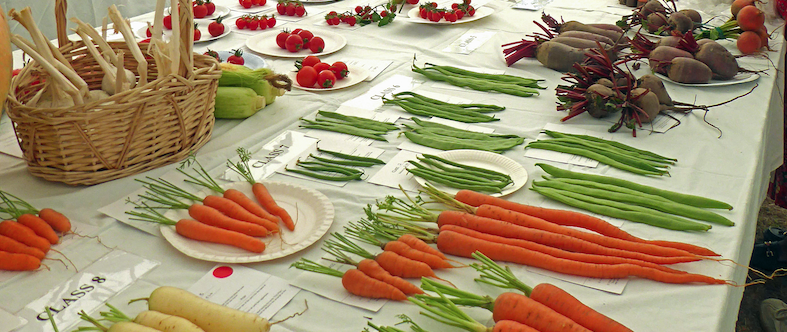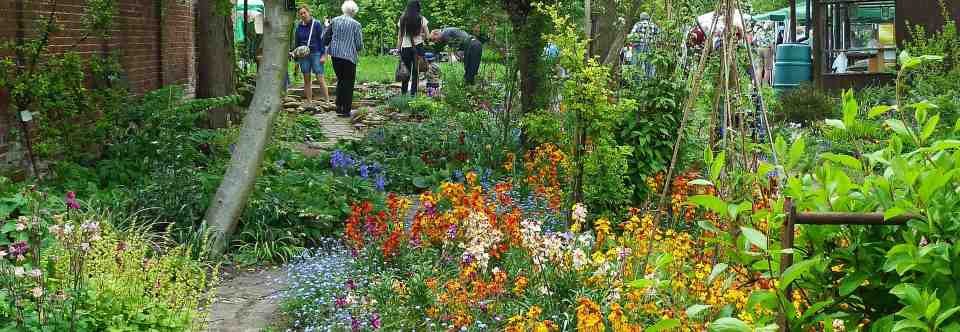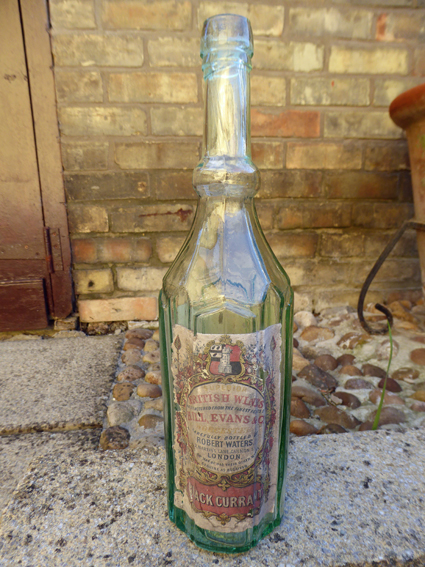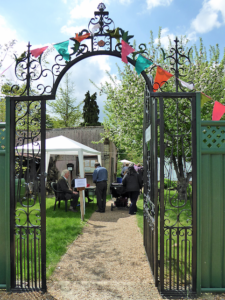"The best-kept secret in Sawston – a walled garden with two acres of trees and flowers..."
Open Tuesday, Thursday and Saturday 9.30am to 12.30pm; Sunday 1pm to 3pm (November to March) or 2pm to 4pm (April to October).
March 2021
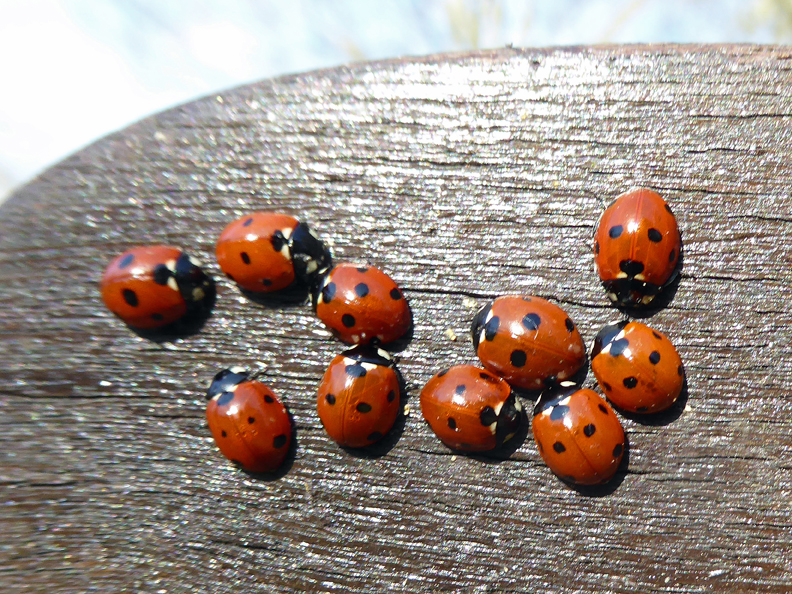
In view of the ongoing pandemic and the Government’s latest roadmap out of lockdown, we have had to cancel our popular Easter children’s event and defer our Anniversary Fete to a later date. As it stands, we plan to hold the Fete on Sunday 27th June, which is after the 21st June tentative deadline when all restrictions on social mixing will be lifted. However, we are all aware that the situation can change quickly, so please look out for further announcements nearer the time.
We were very pleased to re-open the Garden to visitors in February. Current rules allow for households and support ‘bubbles’, and for two people from different households to meet outdoors for recreation and exercise. From 29th March, the ‘rule of six’ will apply again, allowing more people to meet up outdoors, with further restrictions easing after 12th April and again from 17th May. Confused? If so, go to the Government’s website to see exactly what is and isn’t allowed.
Back in the garden there are lots of signs of spring. Yellow brimstone butterflies and early bumblebees are active on warm days. Snowdrops and aconites have gone over but the crocuses are hanging on and open up fully when the sun shines. Early daffodils started to flower in March and will be at their peak in April, and later on early tulips and crown imperial lilies will appear. There is still a surprising amount of spring blossom to appreciate – and for our honey bees and other pollinators to feed on – including Cornus mas, shrub honeysuckles and Mahonias. Damson trees and ornamental cherries are starting to show their pink and white flowers, giving a tantalising glimpse of the ‘main event’ when the apple blossom comes out in April and May. Can’t wait!
We’ve noticed a lot of ladybirds emerging from their winter hibernation in recent days – mostly seven-spotted ones. Are we in for a significant ‘ladybird year’ in 2021? The last was in 2018 when huge numbers were seen pupating on tree trunks in the garden during very hot summer weather. Another interesting insect to look out for now is the hairy-footed flower-bee. This species emerges very early in the year, flying low over the ground to feed on spring flowers such as early-flowering borage, Pulmonaria and yellow archangel. They are difficult to observe, restless and fast-flying, but you might be lucky enough to spot one. Ask one of our volunteers for help.
We will be putting up scaffolding on the front and side of the Challis house for some essential maintenance work. Unfortunately, this hampers progress on planting up the front garden, but we will continue to do what we can. At least, it will give us more time to select and source the key plants needed. Gardening cannot be rushed – this is no television makeover job à la Titchmarsh!
There are often surprises in the Challis world. Recently, our builders found an old bottle under the floorboards of one of our properties. It is in remarkably good condition and cleaned up well. The two labels are clearly legible, one with a date of 1862. It is not clear this was the date the bottle was made but it must be from around that time. This bottle of blackcurrant wine was made by Hill, Evans & Co., Worcester and bottled by Robert Waters. The label on the reverse of the bottle makes interesting reading:
INTERNATIONAL EXHIBITION
London 1862
Extract from the “STANDARD” of Nov. 1st
“In the cursory notices we have from time to time given of Class 2, which embraces chemical and pharmaceutical processes, we have omitted to mention WATERS’ QUININE WINE. We are all the more sorry for this because we can bear personal testimony of its value as a tonic, to the innocence of its composition, and of the pleasantness of its taste. Quinine in any form is apt to induce nausea and headache; in the shape of the Quinine Wine of Mr. Robert Waters without its sickening tendencies. Again, Quinine is usually dissolved in a powerful acid, which adds considerably to the disagreeableness of its taste. We do not know the process of Mr. Waters, but we do know that there is apparently no more acid in this Quinine Wine that there is in ordinary sherry bitters, and that it is equally palatable and far more medicinal.”
Well, you don’t see testimonials like that nowadays! Those of us that have taken quinine medication for malaria or tasted quinine wine can identify with the author’s sentiments.
We have started to produce a monthly newsletter, to inform visitors and the general public about what’s happening in the Challis Trust, with what to look for in the garden and any recent news. Get your copy from the garden or the Green Weigh shop or find it on local Facebook pages.
Mike Redshaw
Published in Sawston Scene, April–May 2021
Read More

